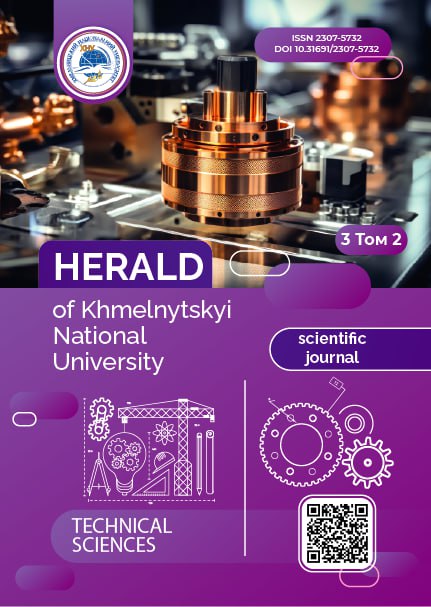ECOLOGICAL AND GEOLOGICAL ASSESSMENT OF TECHNOGENIC DIKITE FORMATION IN COAL WASTE DUMPS
DOI:
https://doi.org/10.31891/2307-5732-2025-353-62Keywords:
technogenic minerals, dickite, kaolinite, thin section, crystalline structureAbstract
Purpose. Search and study of technogenic polytypes of kaolinite on samples of sedimentary rocks of the Ukrainian Donbas containing fossils plants of the Carboniferous period.
Methodology. The methods of analysis and synthesis, the method of indicator fossils, and the method of microscopy were used during the study.
Results. The temperature fields of the heaps at the combustion stage, which exceed 200 C, and the migration of sediments through cracks can form a complex of geochemical conditions for the formation of dickite. In favor of this hypothesis, the rock samples contain carboniferous paleoflora imprints, characteristic of the rocks of the sole of coal seams with a high content of clay minerals. The main processes of formation of technogenic minerals on coal mine waste heaps are presented. The search sites for samples of sedimentary rocks of atypical color with imprints of Carboniferous flora are characterized. By the method of microscopic studies, it was established that the samples are mainly composed of large worm-shaped and scaly aggregates of dickite. The petrographic and geochemical features of dickite among clay minerals are highlighted. Modern ideas about genesis, conditions of formation, and stability of dickite are analyzed. A hypothesis of dickite formation in rocks with a high content of clay particles in the conditions of coal mine waste heaps that were at the stage of combustion is proposed.
Scientific novelty. A hypothesis of technogenic formation of the mineral dickite in coal dumps in the rocks of the base of coal seams, which are characterized by a high content of clay particles and contain the remains of fossils, mainly root systems, is proposed.
Practical significance. The presence of dickite can be considered as a search sign for technogenic minerals containing mercury, which allows assessing potential environmental risks.
Downloads
Published
Issue
Section
License
Copyright (c) 2025 СВІТЛАНА САХНО, ВАЛЕРІЙ ІШКОВ (Автор)

This work is licensed under a Creative Commons Attribution 4.0 International License.

